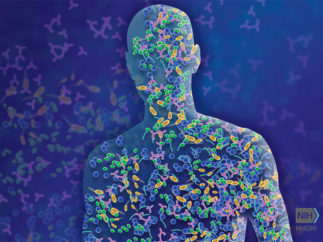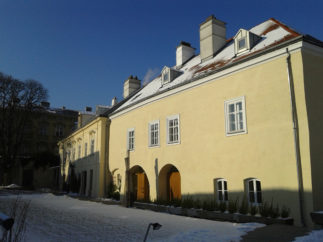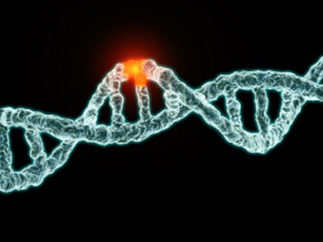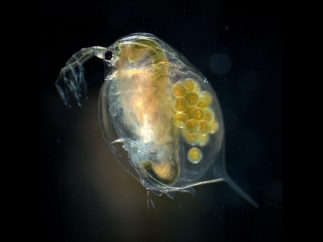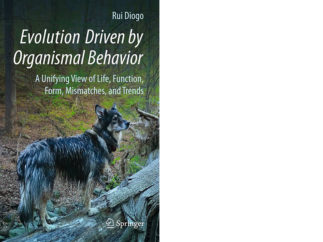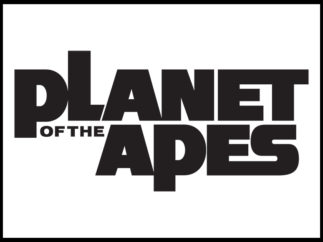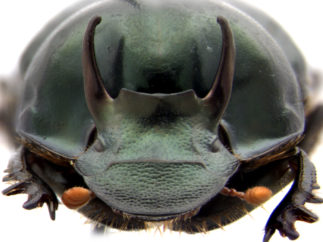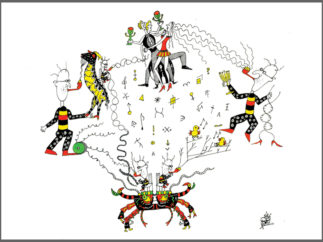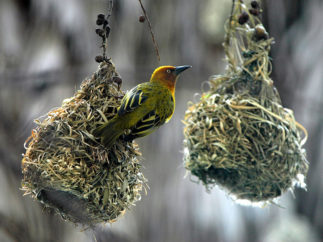There has been growing awareness of the importance of studying the holobiome – the eukaryote organism with its microbiome – for the understanding of eukaryote evolution1-6. The holobiont complex is a system that flexibly self-assembles through reciprocal interactions between the organisms that participate in it, at multiple time scales6-8. To understand the evolutionary forces acting on these organisms we must treat the holobiont as a full-scale ecosystem within which processes such as niche construction, selection, and evolution take place; there is a constantly-changing symbiotic relationship between the organisms that participate in it and it is a unit of selection in itself4,7,8. Despite the increased interest in the study of the microbiome and its effect on its host, an explicit framework that takes into account the full scope of evolutionary processes that influence it, and are influenced by it, is still lacking.
An unconventional place for unconventional science
Earlier this year, the inaugural workshop of the EES Project was held at the Konrad Lorenz Institute (KLI) in Austria. The KLI is a private and independent research institute with a focus on the development and evolution of biological and cultural complexity. Housed in a beautiful baroque building in the medieval town of Klosterneuburg, it offers a place to think outside the box, escape the usual academic constraints, and work on unconventional ideas.
A new evolutionary cause, and some implications
In a critique of various “misconceptions” about evolution, Lynch (2007) states that evo-devo and other fields have not introduced any new population-genetic principles, nor overturned existing ones. That sounds a bit unfair. Advocates of evo-devo typically don’t offer novel population-genetic causes (and if they did, wouldn’t Lynch simply claim them on behalf of population genetics?). Rather, they argue for an alternative narrative of developmental causation— a wet biological account of changes in developmental processes—, on the grounds that a dry population-genetic narrative of allele frequencies, population sizes, and so on, fails to account fully for the changes in biology that constitute evolution.
Understanding the role of plasticity in evolution
No modern-day biologist doubts that the development, physiology and behaviour of living beings are influenced by their environment. Plasticity is everywhere and, in many instances, it has clearly been shaped by natural selection. Plastic responses can be sophisticated strategies for survival and reproduction, but the same could be said for every adaptive feature of living beings – from horns to pheromones to behavioural displays. So why is plasticity a key theme of the EES?
Evolution Driven by Organismal Behavior
In my latest book, Evolution Driven by Organismal Behavior, I present the theory of Organic Nonoptimal Constrained Evolution – or ONCE. It argues that evolution is mainly driven by the behavioral choices and persistence of organisms themselves, in a process in which Darwinian natural selection is a secondary – but still crucial – evolutionary player. Many aspects of ONCE overlap with the EES, in particular, an emphasis on the active role of the organism in evolution, reciprocal causation between organism and environment, developmental bias (including constraints) and niche construction. In my book, I present numerous fascinating case studies from a wide range of organisms, including bacteria, plants, insects and our own species, to illustrate the central tenets of my theory.
Could Planet of the Apes actually happen?
Following release of the blockbuster movie, biologist Kevin Laland asks ‘Why not?’
Conditional gene expression, developmental plasticity, and the diversification of horned beetles
Developmental plasticity is the ability of an organism to adjust aspects of its phenotype in response to environmental conditions (both internal and external). Plasticity is a well-studied phenomenon, and a growing number of studies implicate developmental plasticity in facilitating and shaping adaptive evolution. We used three horned beetle species to learn more about possible relationships between developmental plasticity and species diversification, and the underlying mechanisms. Specifically, we asked whether plasticity in gene expression within a species predisposes genes to contribute disproportionately to genetic divergence among species. We find that genes that within a species exhibit plastic expression conditional upon external (nutrition) or internal (body region, sex) circumstances do indeed contribute significantly more to diversification among species, though exactly how to best interpret these findings remains challenging.
Epigenetic inheritance in evolution: an interview with Eva Jablonka
Eva Jablonka is a professor at The Cohn Institute for the History and Philosophy of Science and Ideas at Tel Aviv University, Israel. With Marion Lamb, she has been the most prominent longstanding champion of the importance of epigenetic inheritance in evolution and has published many papers and books on the topic. Katrina Falkenberg is the science communication and outreach officer for the EES research program and she interviewed Eva about transgenerational epigenetic inheritance and its importance in adaptive evolution.
Deconstructing niche construction: A TVOL conversation between Gordon Burghardt and Kevin Laland
The concept of niche construction stresses a dialectical relationship between organisms and their environments, rather than one being passively shaped by the other. It has deep roots in evolutionary thought but only now is resulting in a systematic research program as part of the Extended Evolutionary Synthesis (EES). Join Gordon Burghardt and Kevin Laland as they take a deep dive into the subject.
Linking micro- and macroevolution through studies of thermal plasticity in an old insect order
One major challenge in evolutionary biology is the apparent disparity between microevolution (evolution within populations over short timescales) and macroevolution (evolutionary divergence of lineages over millions of years). Studies of morphological evolution in deep time have revealed a pattern of stasis. In contrast, studies of contemporary populations and laboratory experiments have shown that evolution often is rapid, selection is strong, and traits are heritable. This lack of correspondence in evolutionary rate across timescales – despite that short-term evolution should scale up to produce long-term trends – is known as the stasis paradox. A difficulty with existing work, is that most studies focus on only one timescale, limiting our ability to understand how microevolutionary change actually accrues through time.
